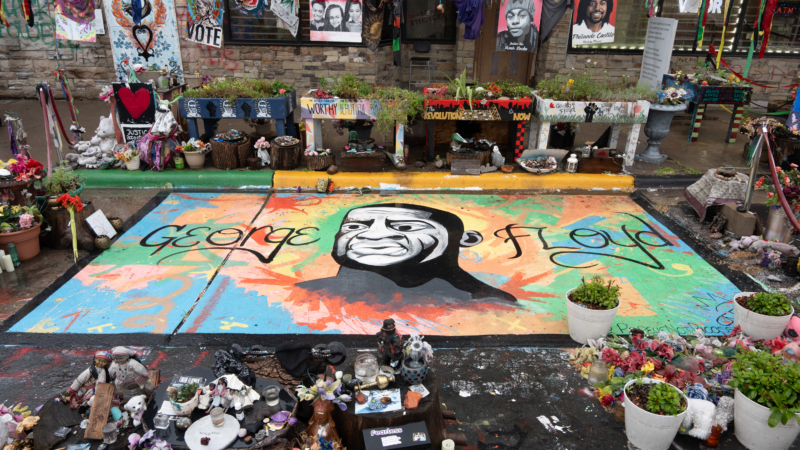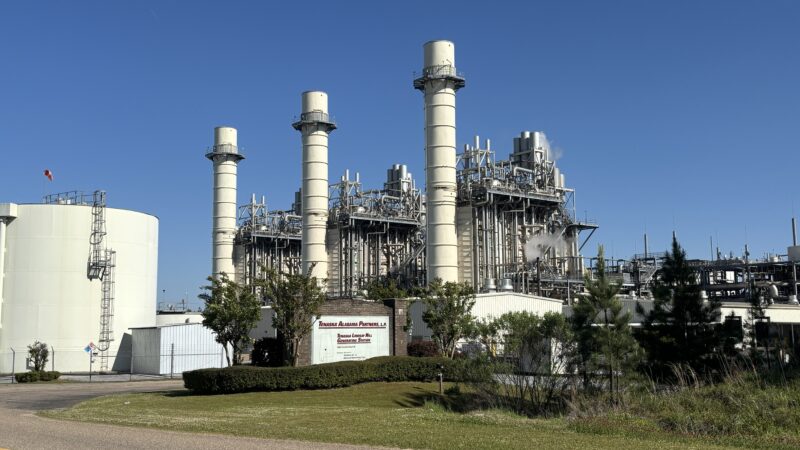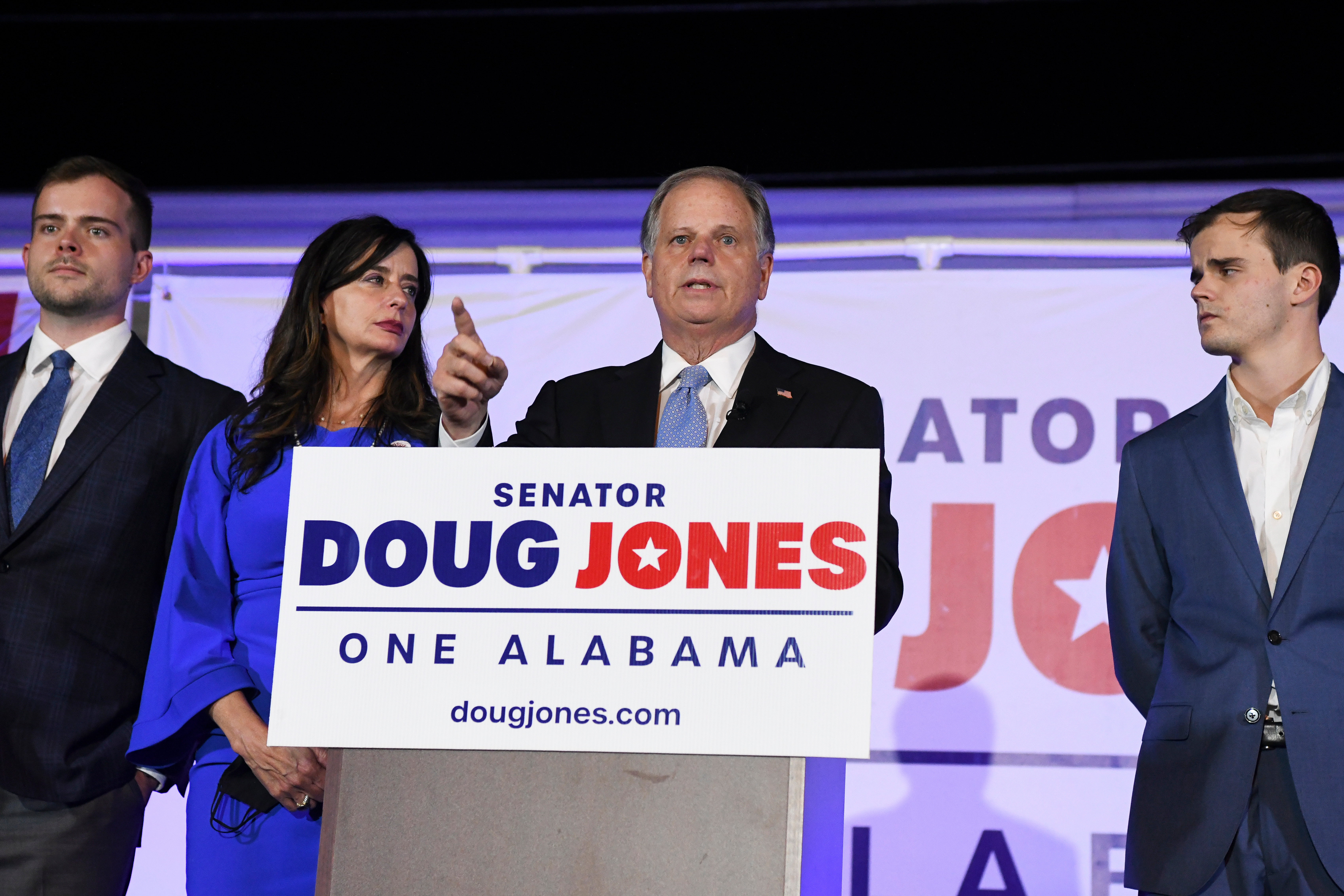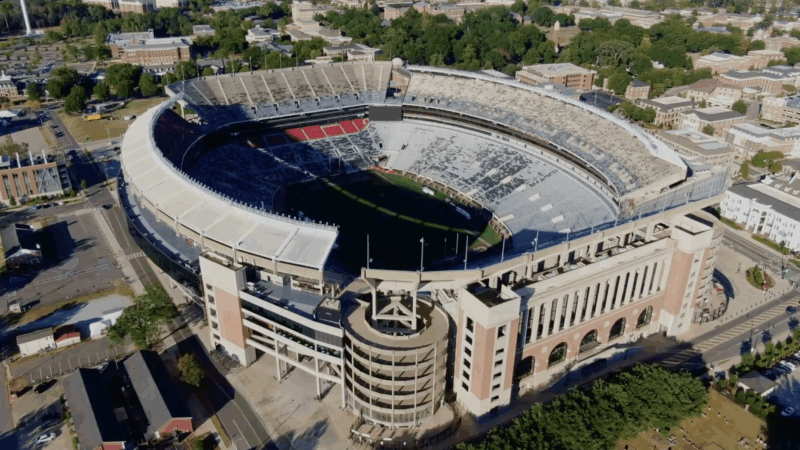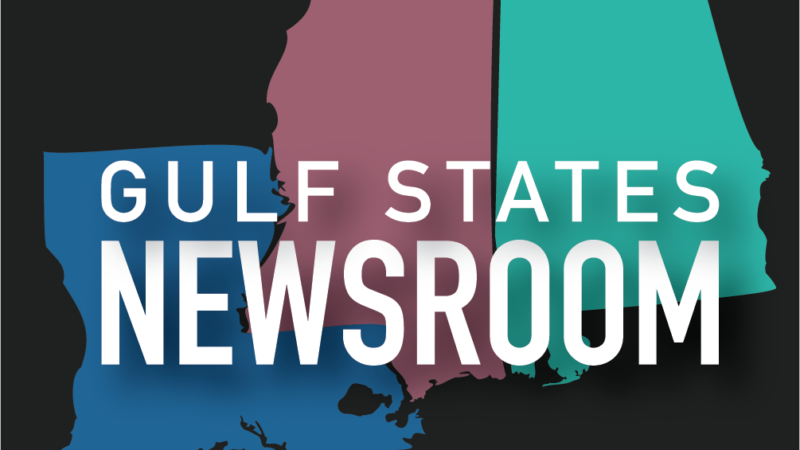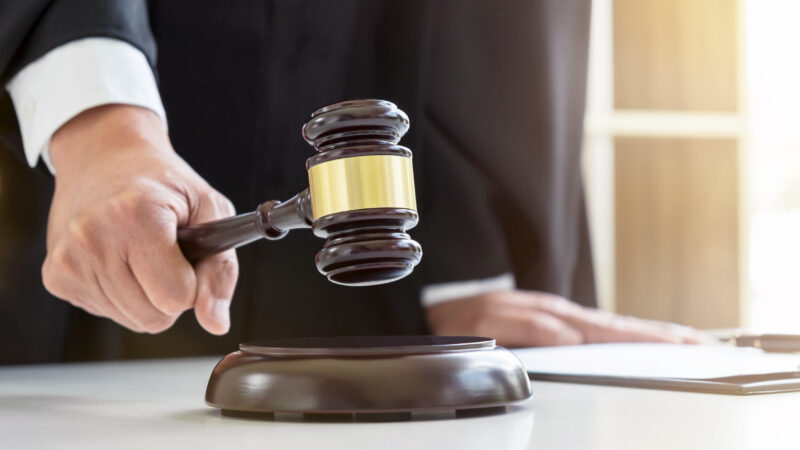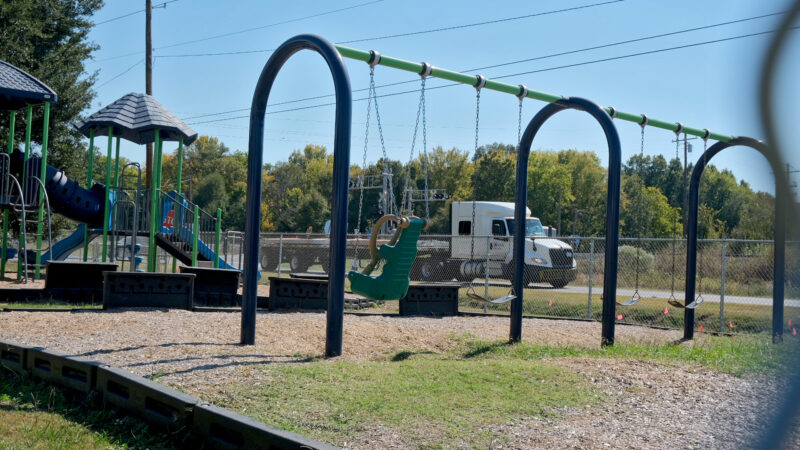The world witnessed George Floyd’s murder. 5 years later, what has changed?
By now we all know what happened. A Black man named George Floyd was accused of using a counterfeit $20 bill to buy cigarettes at a convenience store in Minneapolis. Police were called, and a white officer named Derek Chauvin killed Floyd by kneeling on his neck for nine and a half minutes while he was handcuffed face down in the street. Two other officers helped restrain Floyd. A fourth kept onlookers from intervening. All were eventually fired and sent to prison.
Days of protests against police violence ensued. Many were peaceful, some were not. One estimate found it was the first “civil disorder event” to result in more than $1 billion in losses.

Five years later, many of us are still trying to wrap our heads around why it happened, and just as importantly, what those tragic and frightening words and days mean to us now.
That’s why a group of us from Morning Edition spent the week in the Twin Cities, driving and walking around, listening and talking, asking people for their thoughts about what they think the events of May 2020 meant. We spoke with people from different backgrounds: ministers, activists, educators, a business owner who is still trying to make a living on the street where Floyd was killed and having a tough go of it.

We talked with officials like Mayor Jacob Frey and Minnesota Attorney General Keith Ellison. We spoke with the former police chief, Medaria Arradondo, known as Chief Rondo, who made the decision to pull his officers back from the Third Police Precinct and request the governor send in the National Guard as the protests became more violent. It’s a decision that remains controversial: critics say he let the protests get out of hand; he says property was lost but lives were saved.
We talked with attorney Benjamin Crump, a veteran of many police misconduct cases dating back years, who negotiated a large settlement for Floyd’s family in a civil action, and lawyer Antonio Romanucci, who represented one of the bystanders who begged the police to get off Floyd’s neck.

One thing that became clear to me – something that had not occurred to me before our visit – is that because of the cell phone video that a young teenager took, we are all witnesses, at least if we chose to look.
And that means all of us who chose to look have decisions to make about how we think about what happened here.
After Floyd’s death, there were lots of big gestures. Companies made donations. Governments made commitments. Some police departments reformed policies. Some states passed new laws. Lawsuits were filed. Settlements reached. But could this still happen again? It’s a question that doesn’t belong to just one city or town. It belongs, in one way or another, to all of us.

Alabama Power seeks to delay rate hike for new gas plant amid outcry
The state’s largest utility has proposed delaying the rate increase from its purchase of a $622 million natural gas plant until 2028.
Former U.S. Sen. Doug Jones announces run for Alabama governor
Jones announced his campaign Monday afternoon, hours after filing campaign paperwork with the Secretary of State's Office. His gubernatorial bid could set up a rematch with U.S. Sen. Tommy Tuberville, the Republican who defeated Jones in 2020 and is now running for governor.
Scorching Saturdays: The rising heat threat inside football stadiums
Excessive heat and more frequent medical incidents in Southern college football stadiums could be a warning sign for universities across the country.
The Gulf States Newsroom is hiring an Audio Editor
The Gulf States Newsroom is hiring an Audio Editor to join our award-winning team covering important regional stories across Mississippi, Alabama and Louisiana.
Judge orders new Alabama Senate map after ruling found racial gerrymandering
U.S. District Judge Anna Manasco, appointed by President Donald Trump during his first term, issued the ruling Monday putting a new court-selected map in place for the 2026 and 2030 elections.
Construction on Meta’s largest data center brings 600% crash spike, chaos to rural Louisiana
An investigation from the Gulf States Newsroom found that trucks contracted to work at the Meta facility are causing delays and dangerous roads in Holly Ridge.

